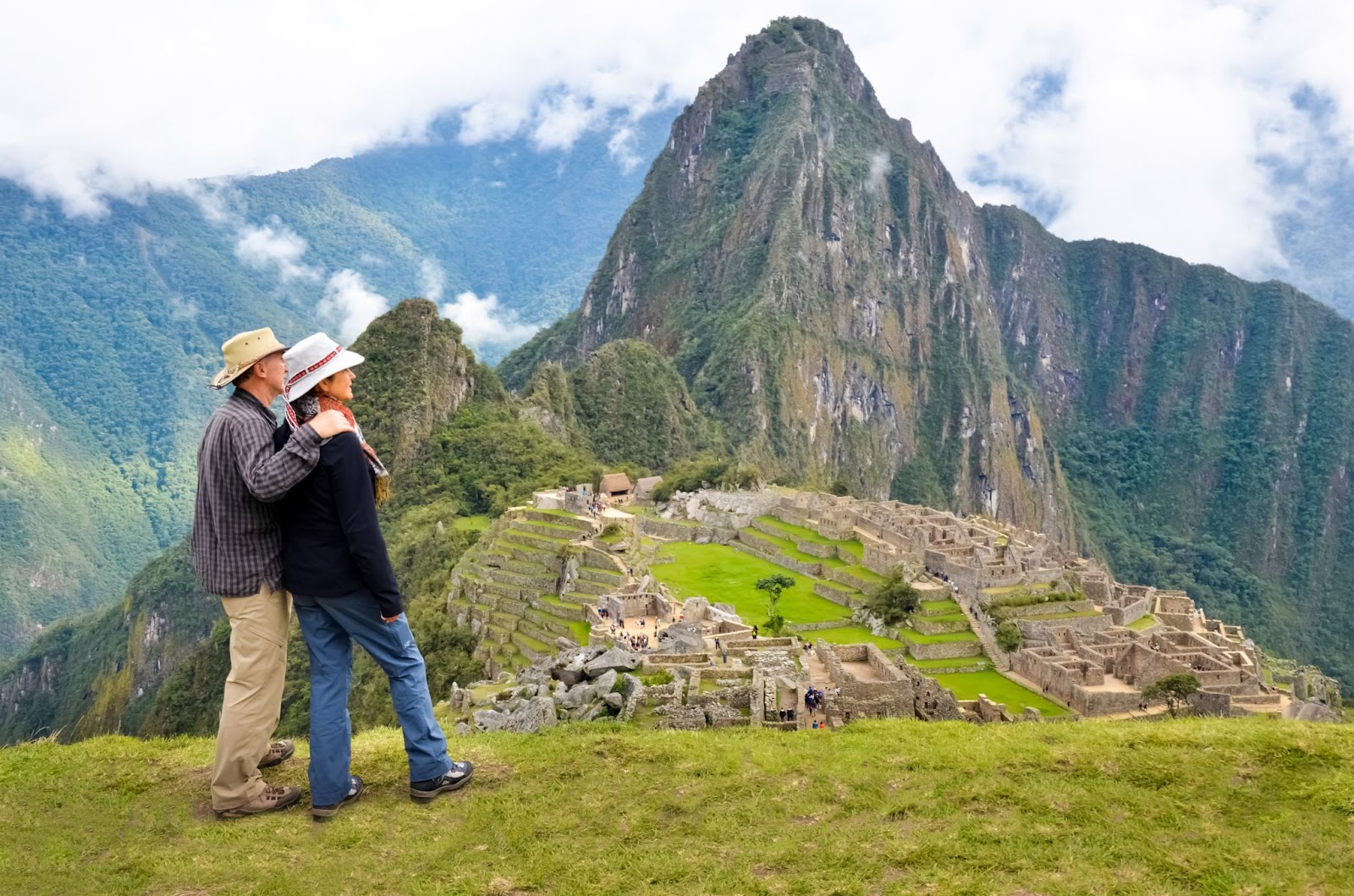Machu Picchu is a spectacular archaeological site and one of the Seven Wonders of the Modern World. The mysterious city, perched on the crest of a mountain in the Peruvian Andes, was built in the 15th century, so there are no details or precise information about who built the impressive citadel. As a result, the identity of its builders has been the subject of debate for centuries.
Who built Machu Picchu?

The Incas were the most powerful civilization in pre-Columbian America. The empire they created was ruled by a series of kings, known as Inca Emperors, who expanded their kingdom throughout most of South America, starting in Ecuador to what we know today as Chile. The Incas were master builders and amazing engineers who created a large network of roads and bridges, as well as hundreds of fortresses and temples.
But, who built Machu Picchu?. According to experts, Machu Picchu was built by the ninth Inca Emperor, Pachacuti or Pachacútec. He was a powerful ruler who significantly expanded the Inca Empire during his reign. He is credited with creating the administrative and political structure of the Inca Empire, as well as designing and constructing many of its most impressive monuments, including Machu Picchu.
The city was built as a resting place for Pachacútec, where he could have some peace and quiet, away from Cusco the capital of the Inca Empire and all the responsibilities of being the head of the Inca Government. The city was constructed using the Inca’s signature building style, which involved interlocking stones without using any mortar. The stones were carefully carved to fit together perfectly, creating a strong and indestructible structure. In addition to its impressive architecture, Machu Picchu was also surrounded by terraced agricultural fields, which provided food for the people living in the city.
When was Machu Picchu found?

Machu Picchu remained untouched for many years until the early 20th century, when the site was rediscovered by the explorer Hiram Bingham.
In 1911, Hiram Bingham, an American professor and explorer, stumbled upon the ruins of Machu Picchu, an ancient Incan city that had been hidden for centuries. His discovery of Machu Picchu was a major archaeological breakthrough and he is credited with making the mysterious city known to the world.
Hiram Bingham was born in Hawaii in 1875 and years later went to Yale University. In 1906, he became a history professor at Yale, and in 1908 was appointed Associate Professor of Latin American History and Archaeology. It was this position that took him to Peru, where he had been commissioned to explore the region and locate the last Inca stronghold.
In 1911, Bingham began his expedition. He started the adventure with a team of local guides, and after two months of searching, they finally came across the ruins of Machu Picchu. Bingham was astonished by what he saw and quickly realized that this was the lost Inca city he had been searching for. He wrote extensively about his discovery and took hundreds of photos of the ruins.
Bingham's discovery of Machu Picchu quickly made headlines around the world. He became a celebrity overnight, and the photos he had taken of the ruins quickly became iconic images. Hiram Bingham’s original photographs of Machu Picchu are some of the most recognizable images of the Citadel in the world today. Thanks to his contribution, the world has been able to appreciate and learn from this incredible archaeological site.
Machu Picchu Today

Machu Picchu is a popular tourist destination and has been designated as a UNESCO World Heritage Site. This is an extremely beautiful magic place with its terraces, walls, and temples built into the side of a steep mountain.
The site is divided in two sections: the agricultural sector and the urban sector. The agricultural sector is made of terraces, irrigation channels, and aqueducts. These infrastructural elements allowed the Incas to cultivate in steep terrain. The urban sector is made up of royal palaces, temples, and dwellings. The most iconic structure is the Intihuatana, a carved stone that is believed to be an astronomical clock.
Travelers can walk around the Citadel, take a guided tour, sign up for very special hikes and try some other activities too. The ruins are accessible by foot, but you can take a special bus to go up from the Machu Picchu Town to the Citadel.
Once you are done with de Citadel, you can visit the The Machu Picchu Museum located in town, a great way to learn more about the history of Machu Picchu and the Inca culture.
Although Machu Picchu remains full of mystery, one thing is certain: it is an incredible feat of engineering and a testament to the skill and vision of the Incas.
But it is also a place where magic, spirituality and mysticism merge with the beauty of the landscape. A place for inspiration and reconnection with nature and with ourselves.
Visit our Inca Rail website and explore our train services and tourist packages. Find the perfect experience for you and let us take care of every detail of your trip to Machu Picchu.
Travel with the experts, travel safe with Inca Rail
#TheMagicofPeru










